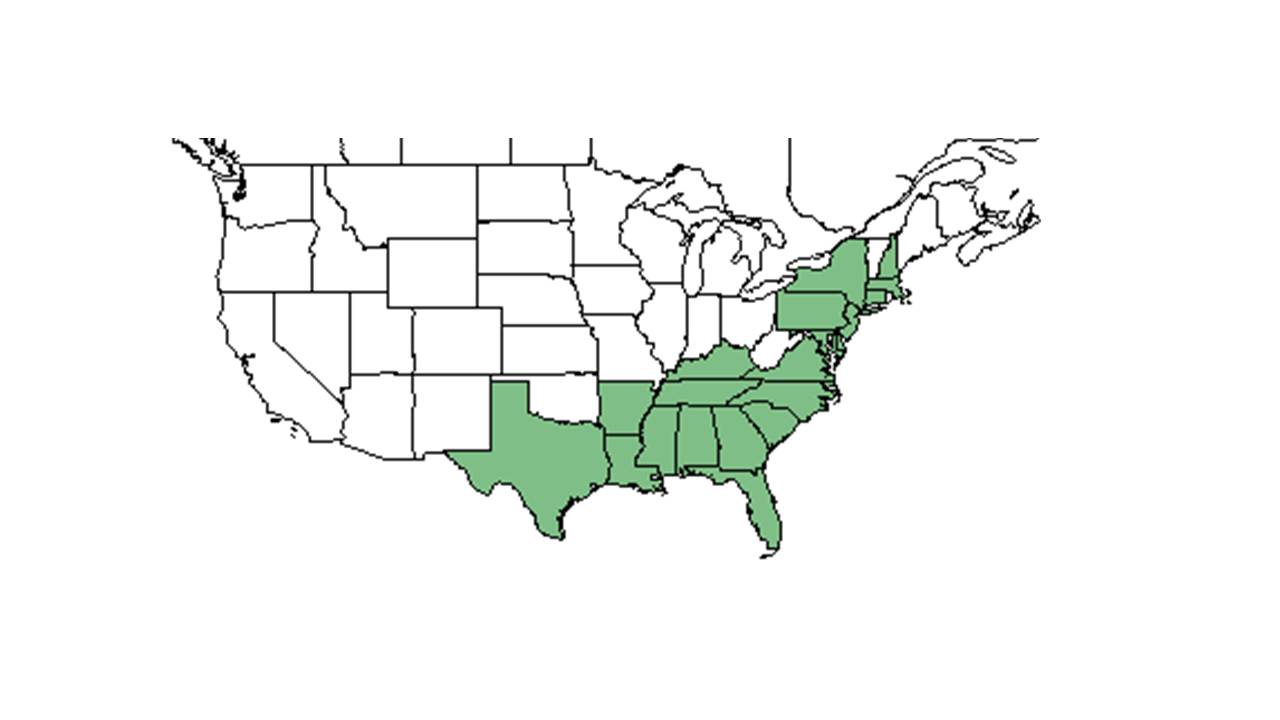Difference between revisions of "Platanthera cristata"
KatieMccoy (talk | contribs) (→References and notes) |
KatieMccoy (talk | contribs) |
||
| Line 27: | Line 27: | ||
==Ecology== | ==Ecology== | ||
===Habitat=== <!--Natural communities, human disturbed habitats, topography, hydrology, soils, light, fire regime requirements for removal of competition, etc.--> | ===Habitat=== <!--Natural communities, human disturbed habitats, topography, hydrology, soils, light, fire regime requirements for removal of competition, etc.--> | ||
| − | In the Coastal Plain ''P. cristata'' grows in annually burned longleaf pineland, poorly drained areas, terminus of river swamps, wet flatwoods, low wet open savannas, open wiregrass-longleaf pine woodlands, hillside bogs, shaded swamps, the base of cypress tress in a cypress-dome, along streams, boggy ditches, and mesic woodlands (FSU Herbarium). It is also found in moist roadside depressions, open undrained fields, and pipeline clearings. Associated species include ''Pinus palustris, Quercus'', titi, sweetgum, alder, maple, ''Cuphea aspera, Verbesina chapmanii, Rhynchospora oligantha, Scleria, Fuirena, Balduina, Myrica, Ilex, Sarracenia, Juncus polycephalus, Pinguicula ionantha, Aristida stricta, Sphagnum, Nyssa, Lyonia, Magnolia, Xyris, Rhexia, Clethra, Hypericum, Platanthera blephariglottis'' and Cypress (FSU Herbarium). | + | In the Coastal Plain, ''P. cristata'' grows in annually burned longleaf pineland, poorly drained areas, terminus of river swamps, wet flatwoods, low wet open savannas, open wiregrass-longleaf pine woodlands, hillside bogs, shaded swamps, the base of cypress tress in a cypress-dome, along streams, boggy ditches, and mesic woodlands (FSU Herbarium). It is also found in moist roadside depressions, open undrained fields, and pipeline clearings. Associated species include ''Pinus palustris, Quercus'', titi, sweetgum, alder, maple, ''Cuphea aspera, Verbesina chapmanii, Rhynchospora oligantha, Scleria, Fuirena, Balduina, Myrica, Ilex, Sarracenia, Juncus polycephalus, Pinguicula ionantha, Aristida stricta, Sphagnum, Nyssa, Lyonia, Magnolia, Xyris, Rhexia, Clethra, Hypericum, Platanthera blephariglottis'' and Cypress (FSU Herbarium). |
It grows in open to deeply shaded areas (FSU Herbarium). Soil types include moist sandy loam, peaty mucky soil, and loamy sand (FSU Herbarium). | It grows in open to deeply shaded areas (FSU Herbarium). Soil types include moist sandy loam, peaty mucky soil, and loamy sand (FSU Herbarium). | ||
Revision as of 13:11, 5 October 2015
| Platanthera cristata | |
|---|---|
Error creating thumbnail: Unable to save thumbnail to destination
| |
| Photo taken by Gil Nelson | |
| Scientific classification | |
| Kingdom: | Plantae |
| Division: | Magnoliophyta - Flowering plants |
| Class: | Liliopsida – Monocotyledons |
| Order: | Orchidales |
| Family: | Orchidaceae |
| Genus: | Platanthera |
| Species: | P. cristata |
| Binomial name | |
| Platanthera cristata (Michx.) Lindl. | |

| |
| Natural range of Platanthera cristata from USDA NRCS Plants Database. | |
Common name: crested yellow orchid
Contents
Taxonomic notes
Description
A description of Platanthera cristata is provided in The Flora of North America.
Distribution
Ecology
Habitat
In the Coastal Plain, P. cristata grows in annually burned longleaf pineland, poorly drained areas, terminus of river swamps, wet flatwoods, low wet open savannas, open wiregrass-longleaf pine woodlands, hillside bogs, shaded swamps, the base of cypress tress in a cypress-dome, along streams, boggy ditches, and mesic woodlands (FSU Herbarium). It is also found in moist roadside depressions, open undrained fields, and pipeline clearings. Associated species include Pinus palustris, Quercus, titi, sweetgum, alder, maple, Cuphea aspera, Verbesina chapmanii, Rhynchospora oligantha, Scleria, Fuirena, Balduina, Myrica, Ilex, Sarracenia, Juncus polycephalus, Pinguicula ionantha, Aristida stricta, Sphagnum, Nyssa, Lyonia, Magnolia, Xyris, Rhexia, Clethra, Hypericum, Platanthera blephariglottis and Cypress (FSU Herbarium).
It grows in open to deeply shaded areas (FSU Herbarium). Soil types include moist sandy loam, peaty mucky soil, and loamy sand (FSU Herbarium).
Phenology
Flowering occurs May through September (FSU Herbarium).
Seed dispersal
Seed bank and germination
Fire ecology
Pollination
Use by animals
Diseases and parasites
Conservation and Management
Cultivation and restoration
Photo Gallery
References and notes
Florida State University Robert K. Godfrey Herbarium database. URL: http://herbarium.bio.fsu.edu. Last accessed: July 2015. Collectors: Loran C. Anderson, R. Komarek, Julie Neel, James W. Hardin, R. Kral, P.L. Redfeam, John B. Nelson, Wilbur H. Duncan, Harry E. Ahles, R.S. Leisner, A.B. Seymour, Robert K. Godfrey. States and Counties: Florida: Escambia, Franklin, Gulf, Leon, Liberty, Okaloosa, Santa rosa, Wakulla, Walton. Georgia: Baker, Decatur, Grady, Thomas, Ware. North Carolina: Brunswick, Cumberland. Virginia: Greensville, Sussex. Alabama: Mobile. Compiled by Tall Timbers Research Station and Land Conservancy.